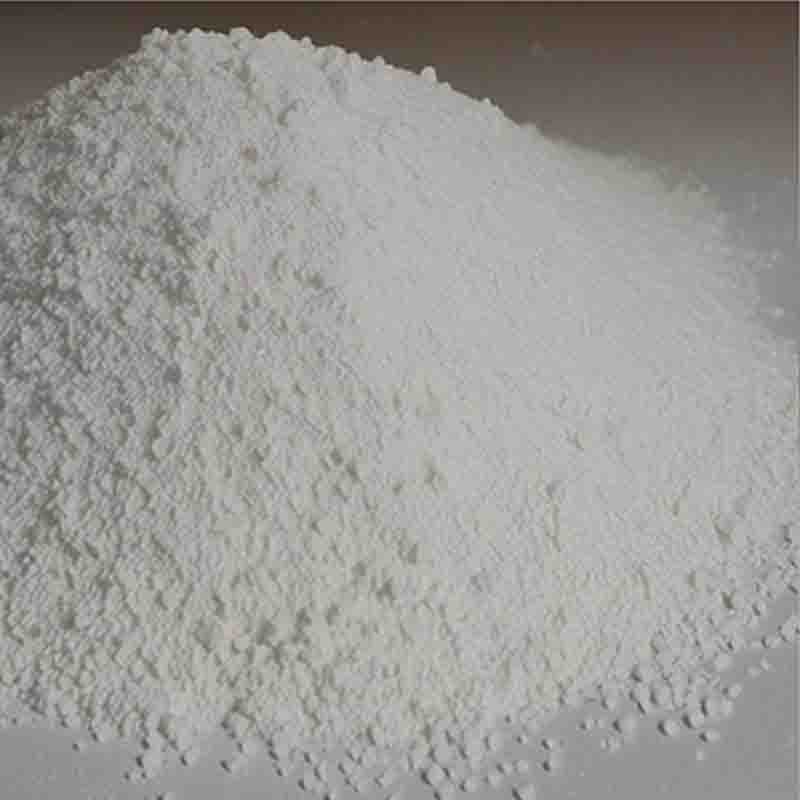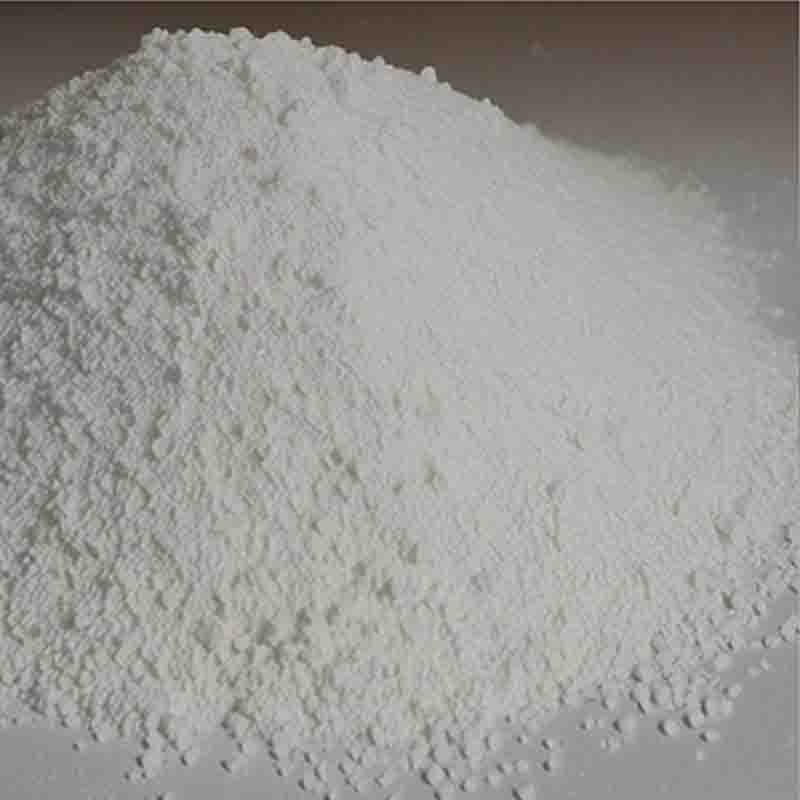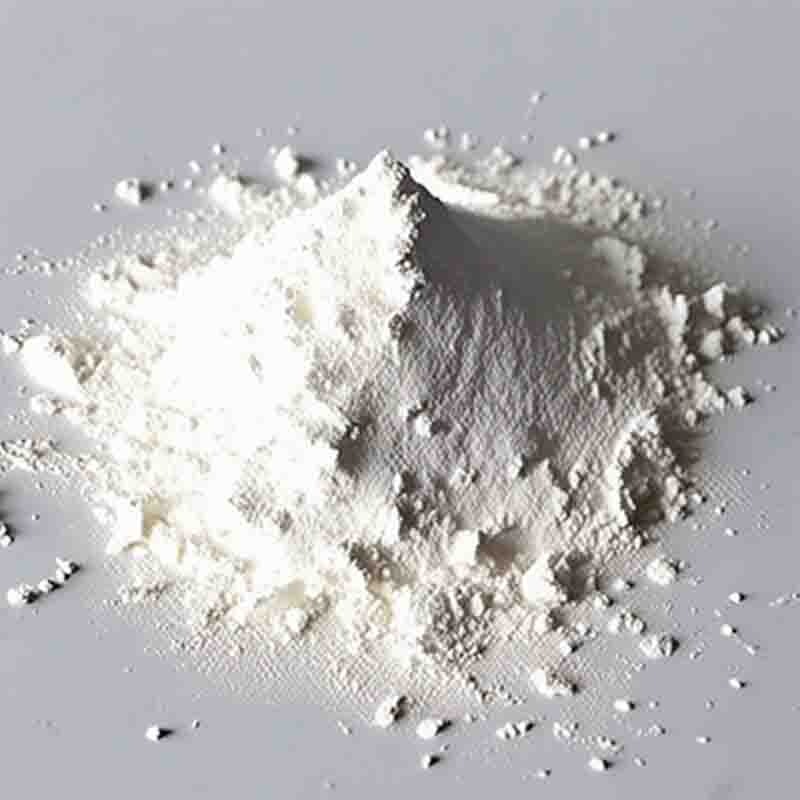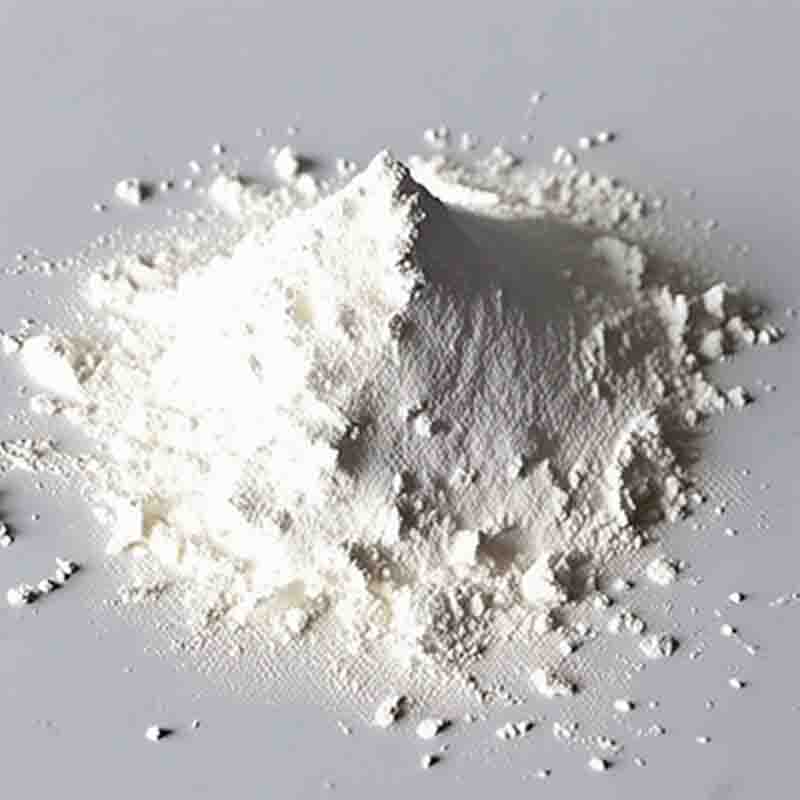4-Chloro-2-fluoronitrobenzene CAS:700-37-8
| Catalog Number | XD96359 |
| Product Name | 4-Chloro-2-fluoronitrobenzene |
| CAS | 700-37-8 |
| Molecular Formula | C6H3ClFNO2 |
| Molecular Weight | 175.54 |
| Storage Details | Ambient |
Product Specification
| Appearance | White powder |
| Assay | 99% min |
4-Chloro-2-fluoronitrobenzene is a chemical compound with the molecular formula C6H3ClFNO2. It belongs to the class of nitrobenzenes and has several notable effects and applications.One significant effect of 4-Chloro-2-fluoronitrobenzene is its usage as an intermediate in organic synthesis. It can undergo various chemical reactions to form more complex compounds. For instance, it can react with different nucleophiles, such as amines or thiols, to introduce functional groups into the molecule. This ability makes 4-Chloro-2-fluoronitrobenzene a valuable building block for the synthesis of pharmaceuticals, agrochemicals, and other organic compounds.Furthermore, 4-Chloro-2-fluoronitrobenzene exhibits antimicrobial properties. It has been found to inhibit the growth of certain bacteria and fungi, making it potentially useful for the development of antimicrobial agents. Its mechanism of action involves interfering with essential biological processes in microbial cells, leading to their death or growth inhibition. This antimicrobial effect may have applications in medical treatments, disinfection, and maintaining the quality of consumer products.In addition to its antimicrobial effects, 4-Chloro-2-fluoronitrobenzene has been investigated for its potential as an insecticide. It has shown efficacy against various insects, such as mosquitoes and agricultural pests. Its mechanism of action involves disrupting key physiological processes or targeting specific receptors in the insect's nervous system, ultimately leading to their demise. This insecticidal property may contribute to efforts in pest control and crop protection.Moreover, 4-Chloro-2-fluoronitrobenzene has been studied for its environmental impact. It has been identified as a persistent organic pollutant and can bioaccumulate in the environment. Consequently, there is a need for responsible management and disposal of this compound to prevent adverse effects on ecosystems and human health.Additionally, 4-Chloro-2-fluoronitrobenzene has been explored in medicinal chemistry. Its structure and properties make it a potential candidate for the development of pharmaceuticals targeting specific diseases or pathways. Its synthesis and modification can lead to the creation of novel compounds with improved pharmacological properties, such as enhanced efficacy or reduced toxicity.In conclusion, 4-Chloro-2-fluoronitrobenzene exhibits various effects and has applications in organic synthesis, antimicrobial activity, insecticidal properties, environmental impact, and medicinal chemistry. The versatility of this compound makes it valuable in multiple fields, including chemistry, biology, agriculture, and medicine. However, it is important to ensure responsible handling and disposal to mitigate any potential negative impacts on the environment and human health. Continued research on 4-Chloro-2-fluoronitrobenzene may unveil further applications and contribute to the development of new compounds for various purposes.









